Sougenji and Zen Meditation
Wednesday, March 10th, 2010 in: News, Travel
Despite the long day we had, my eyes opened around 6:30am. Keiko and I had talked about going to do Zen meditation at Sougenji, and the session starts at 8. I quickly jumped out of bed and into my clothes, and then back into bed. The morning air is frigid, and old Japanese houses are made of little more than paper.
The two of us crowded into her two-seater “Smart,” an import from the states as evidenced by its left-side driver’s seat. As we zipped down the highway we sipped on some of that tasty hawaiian coffee and had some breakfast sandwiches. We met up with one of Nao-chan’s friends and entered the temple with time to spare.
The main hall was a little more than half the floorspace of a basketball court, with rows of zabuton (sitting pillows) on either side of a wide space facing the dais. the participants filtered into the room and got comfortable on their cushions; several were dressed in blue robes to signify they were in the midst of 修業, ascetic pursuit of knowledge. Most were dressed normally, but seemed to know what they were doing, as they sat down and assumed the full lotus posture with relative easy. Despite years of yoga, I still can’t sit like that for more than a few minutes. So many things I wish I had discovered earlier in my life.
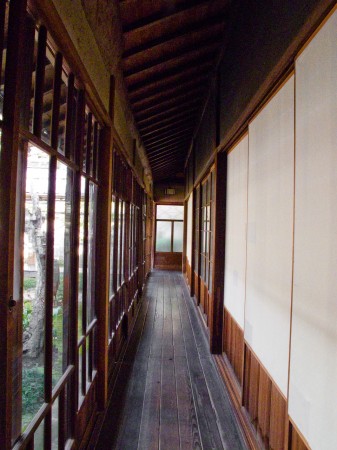 The monk leading the session came out and asked the first-timers to come with him for special instruction. Keiko and I and about three other people slipped away from our places and followed him to an anteroom where he ran over the basic purpose and focus of zen meditation. There was instruction in English available but I was feeling confident enough to catch the gist of things. If Zen is anything, it is the breath. Focus on the breath is the easiest focus exercise we can practice.
The monk leading the session came out and asked the first-timers to come with him for special instruction. Keiko and I and about three other people slipped away from our places and followed him to an anteroom where he ran over the basic purpose and focus of zen meditation. There was instruction in English available but I was feeling confident enough to catch the gist of things. If Zen is anything, it is the breath. Focus on the breath is the easiest focus exercise we can practice.
If you have never meditated , I highly recommend giving it a try. Meditation is practiced by some of the most successful people in the world, and some of the happiest people in the world (I’ve noticed that success and happiness do not always coexist). Take a minute and try to be completely aware of the present moment; let your thoughts about the past and the future slip through your breath as your diaphragm draws down, slowly pulling fresh air into your lungs. When your lungs are filled, pause for a few seconds and feel the stillness within. Even if there’s a lot going on around you, both in the immediate moment and in your world, this moment is complete stillness. Your surroundings have no significance. You see everything without giving it a name, without identifying anything. Now you turn your awareness inward, and take notice of all the thoughts surging within your mind.
The goal of Zen practice is not to reject these thoughts, as suppressing them pumps energy into them just as much as catering to them and focusing on them. Rather, you let these thoughts rise, and without the empowerment of trying to do anything with them they slip back into the abyss from whence they arose. You’re now acknowledging your thoughts and letting them exist without attaching to them, without identifying them. Soon, they stop trying to steal your awareness, and allow you to truly feel the stillness of the moment.
 In this state of stillness it is said that epiphanies can come like a sudden blow. I suppose either to signify this or to help bring it about, or to help bring our awareness to the moment via physical stimuli, there’s a custom of being struck with a large stick during meditation. Halfway through our practice, we stood up for some calisthenics, and when we sat back down, the monks spent the second half of the hour walking slowly down the rows of adherents with a large stick in hand. If you want to be struck, you bow as the monk walks by, and they’ll stop and give you a good whack across the back on each side. It actually felt rather refreshing in the crisp morning air, but unfortunately I let the whole affair distract me a bit as I heard the footsteps pause for intermittent thwacks. I suppose this is an example of the kind of stimuli we learn to let slip past our awareness. I still have a ways to go!
In this state of stillness it is said that epiphanies can come like a sudden blow. I suppose either to signify this or to help bring it about, or to help bring our awareness to the moment via physical stimuli, there’s a custom of being struck with a large stick during meditation. Halfway through our practice, we stood up for some calisthenics, and when we sat back down, the monks spent the second half of the hour walking slowly down the rows of adherents with a large stick in hand. If you want to be struck, you bow as the monk walks by, and they’ll stop and give you a good whack across the back on each side. It actually felt rather refreshing in the crisp morning air, but unfortunately I let the whole affair distract me a bit as I heard the footsteps pause for intermittent thwacks. I suppose this is an example of the kind of stimuli we learn to let slip past our awareness. I still have a ways to go!
At the beginning and end of the practice the monks and practitioners chanted a sutra. I’m not familiar with chants but they’re fun to listen to; it’s sometimes easy to get lost listening to a chant, letting the chorus carry you away from yourself. Afterwards, we returned to the anteroom and had ocha (green tea) with the monk and he answered some questions about the kind of lifestyle he led. Interestingly enough, much of the conversation focused on food and the culture of 上下関係 (seniority). The monks are required to eat more than their seniors, partially because the lifestyle burns more energy than they realize. For every time the senior takes a serving, the juniors must take two. Also, the juniors aren’t done until the senior sets down their chopsticks, so if the senior is 嫌な奴 (a jerk), he’ll eat slowly, and eat a lot. It’s not uncommon to see the younger monks glancing furtively at their seniors, hoping they’re reaching to set down their chopsticks and not to pick up another serving. Another question that came up was whether the monks aspired to be 管長 (head abbot of the monastery) or the head monk of the order, and his response was that there probably weren’t any; such a title was usually thrust upon people; no one sought out that sort of position. The life of a head abbot is full of ceremony and the bureaucracy of being a church official; no moment is left for oneself. In a sense, this sort of promotion prevents true spiritual advancement that draws people to Zen in the first place. Success and happiness don’t always coexist, though they both take many forms.
We briefly strolled around the manicured garden; Ryan told me to feed the koi in the pond, but there were no food bags left in the bin, despite the fish giving me desperate looks, struggling to get as close to me as possible. Fish have no sense of 上下関係. A carefully raked rock garden behind the main hall reminded me of a trip to Ryoanji in Kyoto I took with my fellow exchange students. I took some of my favorite photos there, including one of a bamboo fountain on a stone coin. I told Keiko about it and she explained the significance of the coin: 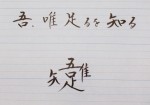 The square hole becomes a part of the kanji surrounding it, which is why the characters actually written on the coin look incomplete. The four characters are 吾唯足知; 吾、唯、足りるを知る–To understand that just the self is enough/sufficient. I was impressed by the metaphor made by the use of negative space; it’s through the missing elements of these character that their meanings are derived, and the true self is one that sheds the ego and embraces the nothingness, signified by the emptiness in the middle of the coin.
The square hole becomes a part of the kanji surrounding it, which is why the characters actually written on the coin look incomplete. The four characters are 吾唯足知; 吾、唯、足りるを知る–To understand that just the self is enough/sufficient. I was impressed by the metaphor made by the use of negative space; it’s through the missing elements of these character that their meanings are derived, and the true self is one that sheds the ego and embraces the nothingness, signified by the emptiness in the middle of the coin.
httpvh://www.youtube.com/watch?v=ZaJCHEX8p_k
 On the way home, we listened to a radio program teaching Mandarin in Japanese. I was suddenly reminded of the plans that were set to take me to China beyond, and once again, I found myself living in the future. At least this time, I could see what was happening instead of just getting absorbed in my thoughts. This allowed me to distance myself from any arising stress the situation was causing, and I napped the rest of the way back to the house. Lunch was waiting for us, and we learned some Japanese sign language from an NHK program as we ate. Our last day in Imbe was running out, so we walked around the neighborhood and visitied a few of the pottery shops the area was famous for. The artisans didn’t disappoint, and I suddenly remembered my host family serving me beer in a bizen-yaki cup my first night at their house, and explaining to me that the glaze does something to enhance the foam, emaking the beer taste that much better.
On the way home, we listened to a radio program teaching Mandarin in Japanese. I was suddenly reminded of the plans that were set to take me to China beyond, and once again, I found myself living in the future. At least this time, I could see what was happening instead of just getting absorbed in my thoughts. This allowed me to distance myself from any arising stress the situation was causing, and I napped the rest of the way back to the house. Lunch was waiting for us, and we learned some Japanese sign language from an NHK program as we ate. Our last day in Imbe was running out, so we walked around the neighborhood and visitied a few of the pottery shops the area was famous for. The artisans didn’t disappoint, and I suddenly remembered my host family serving me beer in a bizen-yaki cup my first night at their house, and explaining to me that the glaze does something to enhance the foam, emaking the beer taste that much better.  I bought them another cup as omiyage for when I visit next month. I’ve been wondering what kind of stuff to get them, and the universe provided for me once again. Dinner that night was delicious steak and veggies, and as we hung around and chatted about our day, Mei-chan curled up in my lap, which put a huge grin on my face and surprised everyone, as she isn’t the type to do that. She must have sensed my inner peace.
I bought them another cup as omiyage for when I visit next month. I’ve been wondering what kind of stuff to get them, and the universe provided for me once again. Dinner that night was delicious steak and veggies, and as we hung around and chatted about our day, Mei-chan curled up in my lap, which put a huge grin on my face and surprised everyone, as she isn’t the type to do that. She must have sensed my inner peace.
Before we went to bed, Ryan and I coaxed a Koto performance out of Nao-chan. It had been years since she’d played, but it was really fun to watch her set up the bridges and play a few tunes for us. Koyuki and Mei-chan made themselves comfortable, and I got the idea to film her playing with a silly run-up with Ryan playing the role of a courtesan opening the shoji screen to reveal her performance. I hope you enjoy it.
httpvh://www.youtube.com/watch?v=qKlx7sVlMmg
I also played around with the koto a little. it’s a fun instrument.
httpvh://www.youtube.com/watch?v=5eoDC5cWe9M

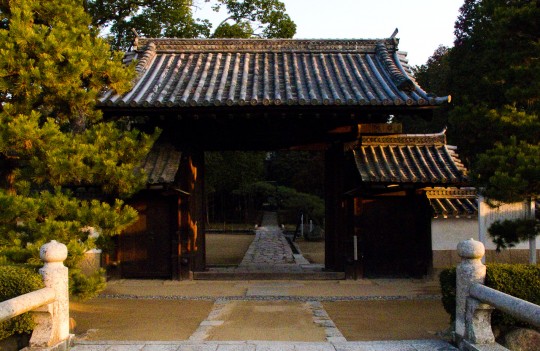
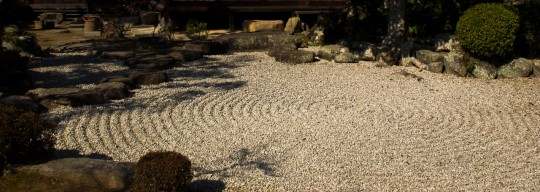
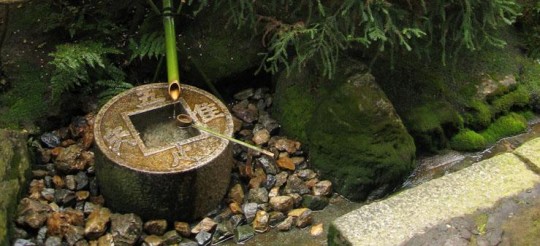



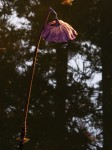
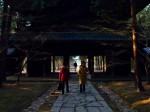

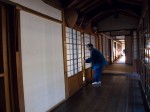
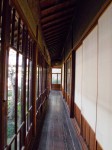
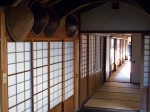




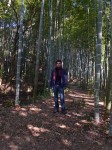

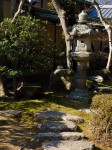
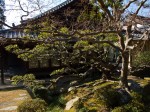
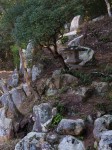

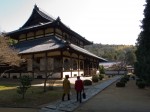
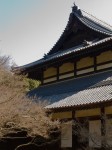

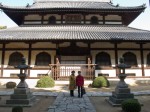

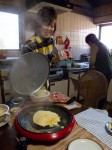
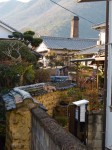


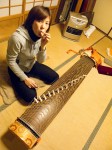
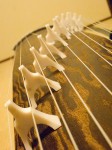
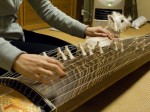

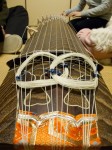

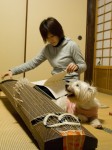
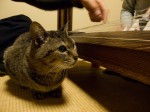








Leave a Reply